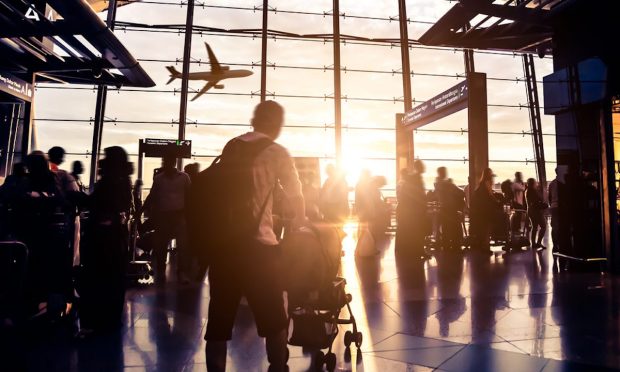Travelers Take to the Skies this Holiday Season, But Is It Wheels up on Airline Profits?

Airlines are now aloft in greater numbers than at any time since 2019, and airline earnings are showing remarkable recovery. Along with the good optics is the more bothersome question of the bottom line, and whether airlines are making money at this stage of the recovery.
Giving a sense of the arc of the airline rebound in recent quarters, the U.S. Bureau of Labor Statistics reported in September that in Q2 2021, “airlines reduced their first-quarter losses by 124%. The second-quarter after-tax net profit of $1.0 billion was a $5.2 billion net change from the first-quarter loss of $4.2 billion. The second-quarter pre-tax operating loss of $3.6 billion was a $9.1 billion reduction from the first-quarter loss of $12.7 billion.”
Q3 earnings built on that, with carriers including American, Delta and United all delivering strong financials. Delta CEO Ed Bastian said, “Our September quarter marked an important milestone in our recovery, with our first quarterly profit since the start of the pandemic.”
The Washington Post reported on Oct. 21 that “the four carriers reporting earnings this week said they were profitable, but only Alaska Airlines reached that milestone without the benefit of federal payroll support. American Airlines, United Airlines and Southwest Airlines indicated that they were profitable because of billions in government grants designed to prevent layoffs in the industry. Delta Air Lines … also was profitable without government support.”
To say “profitable” is one thing, but as market watchers know, that doesn’t always mean everything is wheels-up for airlines as COVID complications continue to cloud the picture.
See also: Visa: Digital, Payments Choice Key to Airline Travel Rebound
Headcounts Still Depressed as Hiring Surges
While a handful of airlines said they did not meaningfully decrease or furlough staff during the pandemic, some did — and there’s now a hiring scramble to fill pilot seats and airplane galleys.
On Tuesday (Nov. 23), Reuters reported that “after reducing headcount by thousands during the depths of the pandemic, the industry is grappling with shortages of pilots, flight attendants and customer service agents.”
That same story noted that “headcount at U.S. scheduled air carriers in October was 14.3% below the pre-pandemic peak. By contrast, employment at restaurants and bars, struck equally hard by pandemic lockdowns, is just 6.4% below its peak before the COVID-19 outbreak.”
While signing bonuses and wage hikes are being used to lure airline and airport staff back to work, capacity itself continues a taxi to comeback. Overall, it’s picking up speed.
Industry news site OAG.com has been tracking capacity throughout the pandemic, reporting that “global capacity for the month of November is at 325.5 million seats, 1.8% below where it was last week and 4.3% below scheduled capacity for the month as it was on 1st November,” and adding that “at the moment, capacity for next March [2022] is scheduled at 416 million seats, 28% up on the current November volume” signaling rising industry confidence.
Read also: Delta Airlines’ Q3 Profit May Signal Wider Takeoff of Pent-Up Travel Demand
